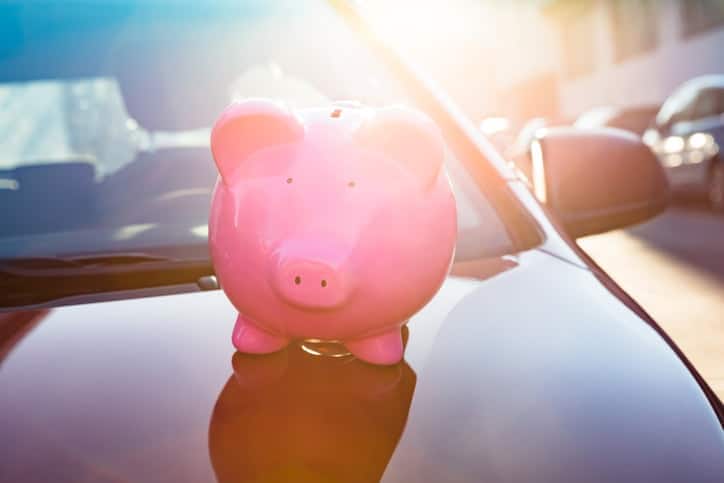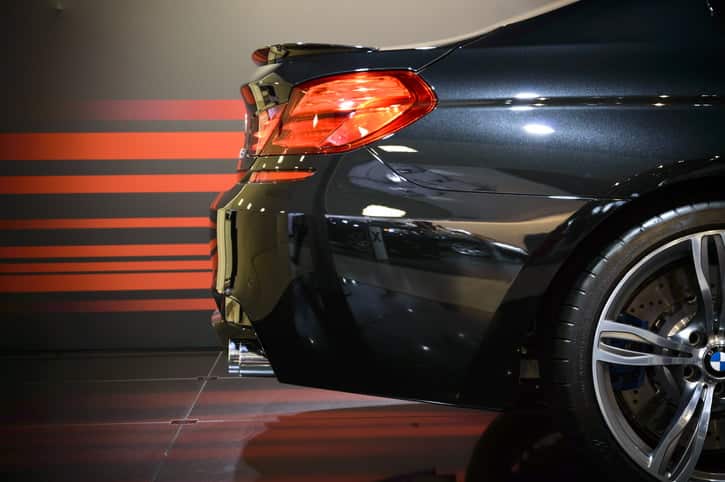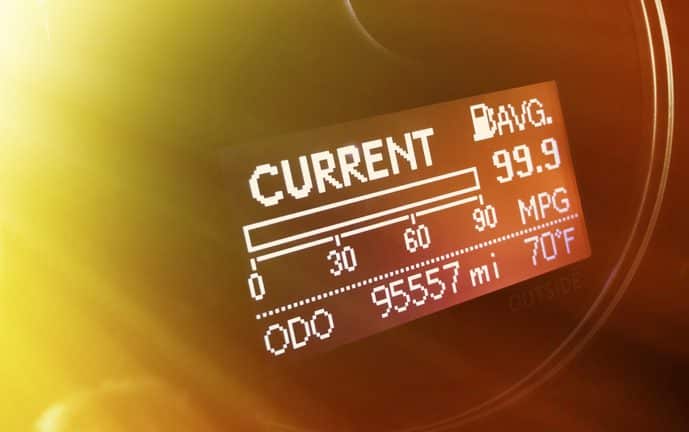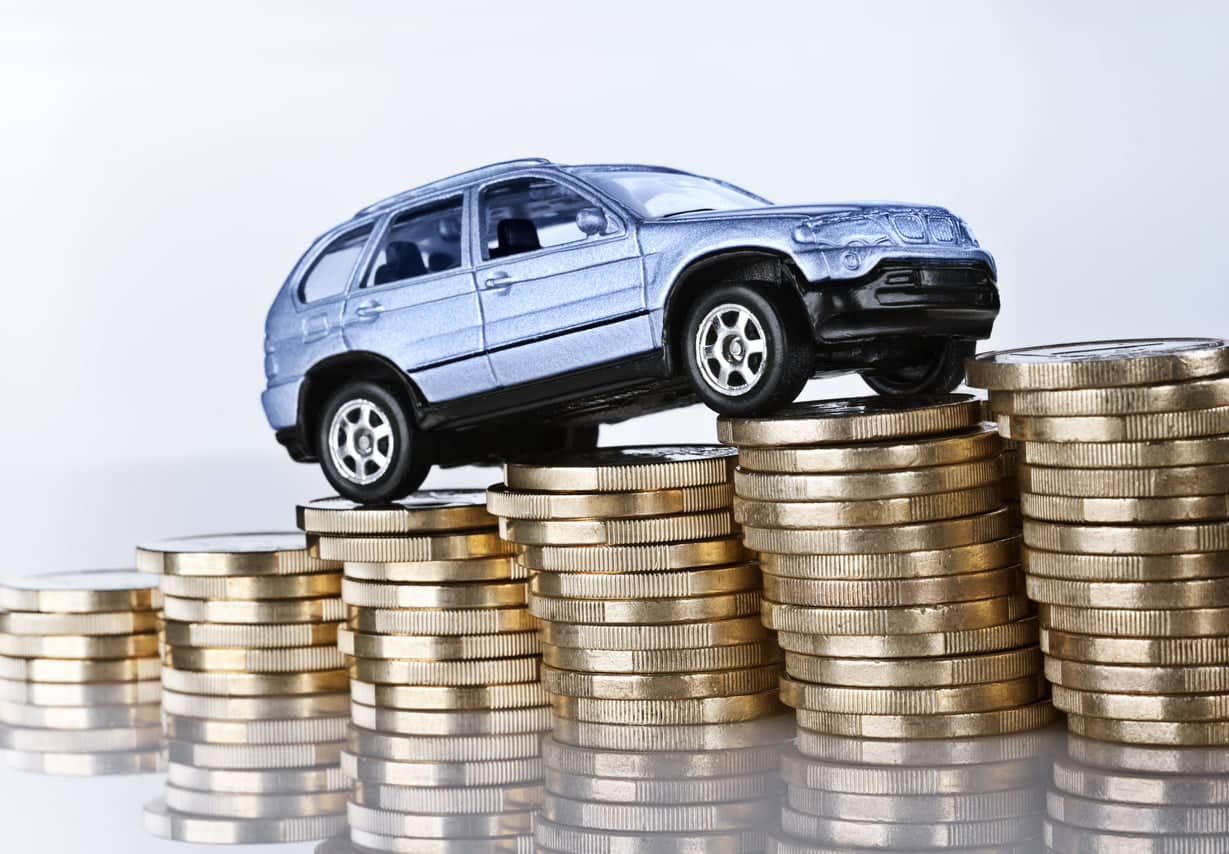Thinking of buying a new car? Then you probably have lots of things on your wish list, like heated seats, four-wheel drive or a high-spec engine. And you might spend time working out running costs like fuel and insurance. But did you know that the biggest expense of car ownership can be depreciation?
This guide covers the basics of car depreciation, showing you how much you can expect the value of your car to drop, and a few ways to curb the plunging value. Use the links below to look around.
- What is Car Depreciation?
- What Affects Car Depreciation?
- Does the Rate of Depreciation Change Year on Year?
- How to Minimise Depreciation
What is Car Depreciation?
Car depreciation is the difference between the amount you paid for it and what it’s then worth when you sell it or trade it in. Most new cars lose around 40% of their value in the first three years of ownership, although this may change depending on the mileage, type of car and how well it’s maintained.

Because depreciation isn’t a day-to-day running cost like fuel, insurance or tax, it’s easy to ignore. But, if you take the time to sit down and calculate how much your car’s value will depreciate over the period you own it, you’ll see that it’s actually one of the biggest expenses you face, with the average new car losing around £2,000 of its value every year – that’s £166 per month.
With this in mind, it’s well worth factoring the cost of depreciation into your car-buying decision, alongside the cost of fuel, financing, tax and insurance.
What Affects Car Depreciation?
Depreciation is very complex and lots of factors can affect a car’s value. But by understanding what changes a car’s value over time, it’ll help when browsing makes and models at your local forecourt.
We take a closer look at what affects car depreciation below.
-
Price
Car depreciation is calculated on a year-on-year percentage basis, so it makes sense that the more you spend on a car, the more value will be lost through depreciation. For example, a £10,000 city car may lose 55% of its value through depreciation, meaning a £5,500 drop in value. A luxury £60,000 saloon, on the other hand, could lose £33,000 of its value – which is pretty eye-watering.
But that’s not the whole story. The desirability of make and model also affects depreciation, so the 55% quoted above isn’t the same for all cars, and isn’t likely to be as high for a premium brand, like Mercedes or BMW.

-
Running Costs and Economy
A decade ago, depreciation wasn’t really affected by a car’s running costs, but purely by the prestige of the make and model. But, as priorities have shifted and drivers have become more fuel-conscious, running costs and economy figures now hold a lot of sway over the speed of depreciation.
So, if you buy an economical car that can do 60 MPG and is cheap to tax, its value will depreciate at a slower rate year-on-year. Of course, it can be tricky to find a car with future-proof economy figures, as emerging fuel technologies are always making new cars more and more fuel efficient. But by investing in one that sets the benchmark now, you can expect that it will hold its value better down the road.
-
Brand Image
The perception of a brand’s image still has the greatest influence on depreciation rates, with certain cars holding their value more strongly, based purely on their badge. German manufacturers like Mercedes, BMW and Volkswagen are generally considered the cars that hold their value best, while French brands like Citroën and Peugeot have some of the worst depreciation rates of any car maker.
Ford is an interesting one when it comes to depreciation. While they are the UK’s most popular car manufacturer, selling millions of cars every year, they’ve always struggled with brand image, and their cars have some of the poorest depreciation rates. This comes down to the sheer volume of Fiesta and Focus models on the road – and how the maker’s popularity can affect the value of individual cars.
Does the Rate of Depreciation Change Year on Year?

Yes, the rate of depreciation changes as the car gets older, with most of its value lost in the first three years of ownership.
In the first year, depreciation is at its highest, with new cars losing 40% of their value in the first 12 months (at an average of 10,000 miles a year). Of course, if you buy a premium model and do the bare minimum of miles, this can be a lot less.
At the end of year three, when your car has done an average of 30,000 miles, it will have lost around 60% of its value from when you first drove it off the forecourt. That means, if you were to sell a £12,000 car after three years, you’d be looking at getting back around £4,800.
It’s figures like this that show why it can often be better to buy a nearly-new car, as opposed to a brand new one. Compare a brand-new Vauxhall Corsa for £12,000 with a year-old model instead – you could save £4,800 (assuming it had lost 40% of its value in the first year). That’s why it’s so important to weigh up your options before deciding on a brand-new car.
After the three-year point, cars start losing their value more slowly, and aren’t likely to depreciate any further after eight years of ownership.
How to Minimise Depreciation
There are a few things you can do to minimise depreciation, and the resale value of two identical cars can vary a lot depending on how well they’ve been looked after. Here are a few practical tips to help you.

- Keep the car clean and well-maintained – We’re always going on about keeping your car clean and well-maintained, and it isn’t just to make it look good. By caring for the paintwork and interior, your car will hold its value much better than it would if you let standards slip.
- Try to keep the mileage down – We know it’s easier said than done, but keeping your total annual mileage as low as you can will have the biggest impact on your car’s resale value. Every mile counts when you’re trying to keep your annual mileage down, so cut down on unnecessary trips if you can.
- Stick to the service schedule – Regular servicing shows that you’ve cared for the car, which will boost its resale value come trade-in time. Always keep the car’s logbook updated with any servicing and repairs that have been carried out.
- Invest in repairs and fix problems – From small scratches and dents to odd exhaust noises, you should fix any problems on your car before they can become more expensive issues and affect your car’s resale value.
At Holts, our DIY car maintenance products are here to help you take great care of your car, boosting its resale value and lessening the impact of depreciation. For more information or to browse our complete product range, visit the homepage today.


